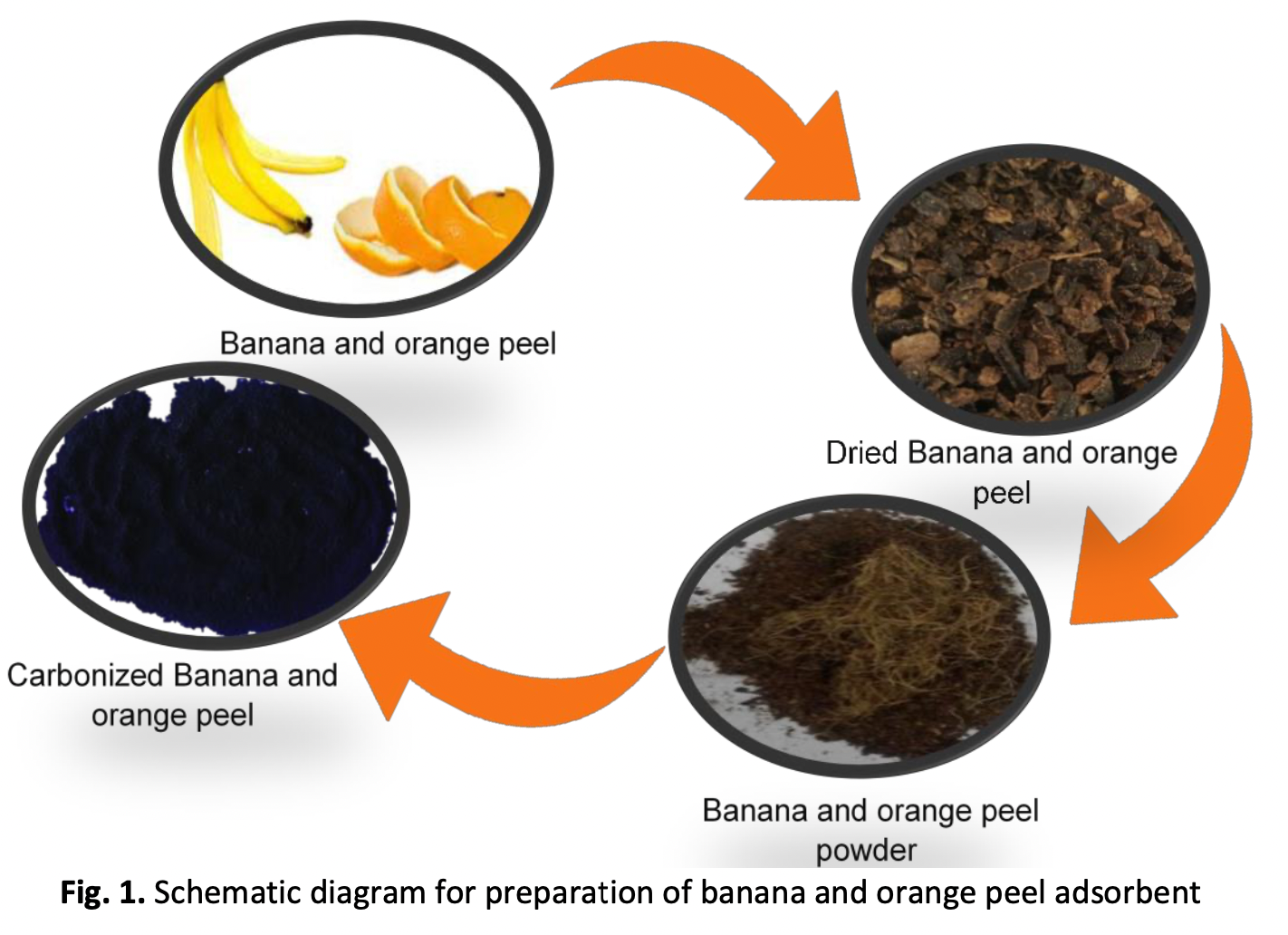Effects of Biosorption Technique Using Various Fruit Waste Activated Carbon in Improving Chenderiang River Water Quality
DOI:
https://doi.org/10.37934/araset.33.2.1524Keywords:
Environmental pollution, biosorption, fruit waste, Orange Peel, Banana Peel, Activated Carbon, water qualityAbstract
The release of heavy metals from industries and other human-made activities into waterways is the primary cause of environmental pollution. Heavy metals are very toxic and once ingested through the mouth and nose; they can accumulate in the organs inside the human body and poison the internal organs with serious illnesses and even can cause death. Hence, in order to determine the water quality, biosorption technique using low-cost, eco-friendly fruit or agricultural wastes i.e., banana and orange peel activated carbon were prepared and characterized using FT-IR spectroscopy and nitrogen adsorption-desorption analysis. The adsorbents were then used to treat and identify the physicochemical parameters of Chenderiang River water, Tapah, Perak, Malaysia. Physicochemical analysis of river water sample such as DO, BOD5, pH, Temperature, EC, Turbidity, Hardness, Alkalinity, TSS, (PO4)3−, AN, Cu, Cr, Fe, and Zn before and after treatment were measured using Multiprobe system, EC meter, Lamotte Smart3® Colorimeter, and AAS. The results showed that orange peel (OP) activated carbon is more effective than banana peel (BP) activated carbon in reducing most of the pollutants including heavy metals in Chenderiang river water. The findings of this study showed that the biosorption technique using fruit waste is a low-cost, biodegradable and eco-friendly alternative method to remove pollutants including heavy metals in water and indirectly can reduce municipal solid waste. Therefore, can reduce water pollution and ensure good water quality.
Downloads




























